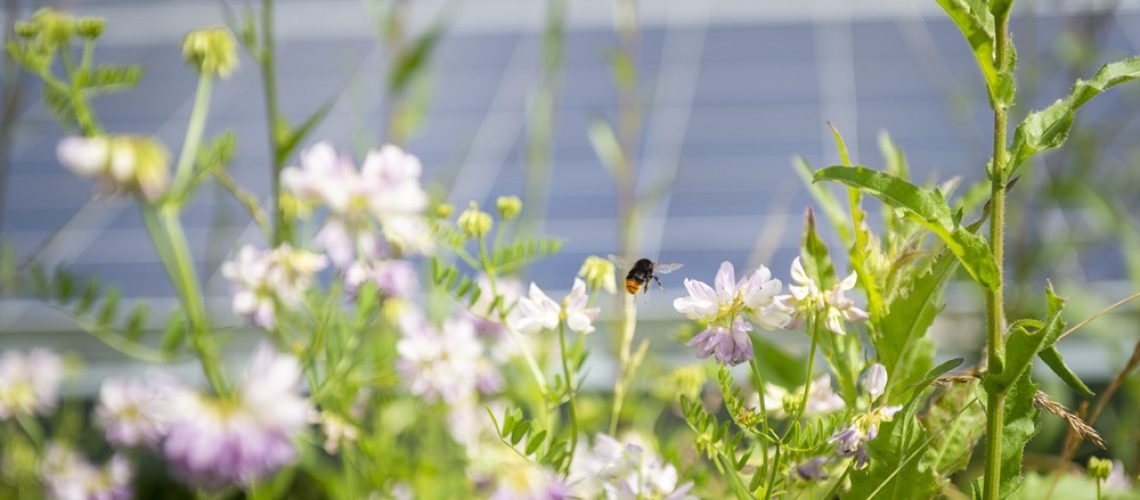Part of a century-old European group, BayWa r.e., spoke on interconnection challenges, transparency, and the enduring vision needed to navigate gigawatts of interconnection queue positions.
BayWa r.e., with its roots in the early 20th century, originated from its parent company, BayWa AG. Founded in 1923, BayWa AG initially focused on the agricultural sector before expanding into the energy industry in the 2000s through acquisitions of wind, solar and energy services.
pv magazine USA sat down with Fred Robinson, CEO of BayWa r.e. Solar Projects, to discuss the intricacies of designing and interconnecting solar power plants. BayWa r.e. has an active presence in numerous regions across the United States. The company’s projects are located in the WECC, CAISO, Arizona, MISO, PJM, New York, and Texas regions, although they are not actively developing in Texas.
The conversation centered on interconnection, with Robinson emphasizing the need for transparency in queue processes, crucial for BayWa r.e.’s continued investment in project development.
Robinson believes that the tides are turning a bit, and he praised California Governor Newsom’s initial efforts in addressing CAISO’s queue challenges. Notably, the company is developing projects exceeding 1 GW in the CAISO region, underscoring its significant investments there. Historically, securing a position in the interconnection queue meant that the position could be held indefinitely, irrespective of whether the project was moving forward. This approach, counterproductive to state clean energy objectives, is currently being revised.
Robinson says that utility attitudes are changing, particularly in their approach to solar assets. Recently, they’ve inclined toward ownership of solar plants, spurred by the Inflation Reduction Act’s tax credit opportunities. It’s expected that there will be an increase in “build and transfer” facilities built by groups like BayWa r.e.
One of our superpowers is our patience. If you can be patient it’s a competitive advantage. BayWa has been around for 100 years. We’ve got patience.
This patience is necessary, as the company works through interconnection costs approaching $1 billion, sometimes more. Meanwhile, the interconnection situation provided motivation for BayWa r.e. to innovate.
“These days, the name of the game is ‘maximizing sites’,” Robinson notes.
The company is enhancing wind sites by integrating solar and batteries, boosting the output at individual interconnection points. BayWa r.e. then manages the energy throughput at these sites, prioritizing wind, followed by battery charging, and curtailing solar as needed.
We look at projects like a little symphony. Holistic project development gets a lot of sympathy from land owners, and our company’s history feels the allure of taking care of the land.
Robinson says that he and his colleagues are strongly enthusiastic for the future of their industry, especially since the passage of the Inflation Reduction Act. The legislation provides a decade-long runway for BayWa r.e. As they continue developing projects in the U.S. market.



